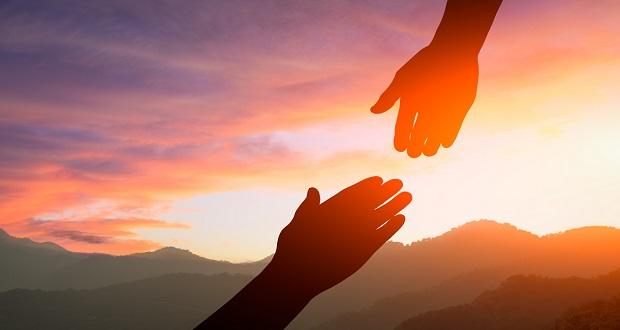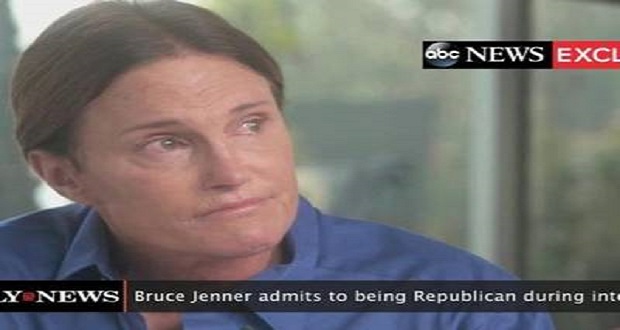The company leader fixes me with a somewhat confused expression. “But Whitney, isn’t the reason there aren’t more Black people in tech because they want to be athletes?”
This wasn’t the first time something like this has been said to me, and it won’t be the last. But the reason this instance stands out is because it happened within days of George Floyd’s murder.
This was also weeks before my debut contemporary fantasy novel was published—a novel that went on to win multiple awards. This instance stands out because I’d written a whole fantasy novel around the idea that Black women could be more than the sassy sidekick or the baby momma. More than the small boxes others put us in. And that I, as a biracial Black woman myself, am more than the stories and roles created for people like me.
It stands out because unlike this company leader, I know there are more paths available to people who look like me. That I’m not an exception. That I can write the stories that shape how others see people like me. And when those stories are rejected by the traditional publishing industry, I can still find a way to be heard.
It stands out because it highlights the importance of narrative visibility: whose voices are being heard, how, and the perceptions created as a result.
Stories.
Let’s talk about the book publishing industry, which has failed to make meaningful steps toward diversity or equity, despite all their “Black Lives Matter” statements and Pride Month celebrations. One big publishing house made their statement, then went on to offer former Vice President Mike Pence (whose public stances oppose BLM and Pride Month) a seven-figure book deal, at a time when #PublishingPaidMe had recently exposed the vast gaps between what white and non-white authors are offered as an advance.
The publishing industry has failed to make meaningful steps toward diversity or equity, despite all their 'BLM' statements. One publishing house made their statement, then offered Mike Pence a seven-figure book deal. Share on XThe money is there. Who receives it is another question.
Industry publication The Bookseller reported in September 2021 on a panel in which Black participants shared they have been urged to make their work “more urban,” further highlighting that even when a door is opened, what is expected and accepted remains limited.
This follows a string of harmful incidents in the industry: the Romance Writers of America meltdown at the end of 2019, the Barnes & Noble blackface versions of literary classics, the barbed-wire centerpieces at an American Dirt event.
Then there’s the fact that there are a larger percentage of children’s books with animals or objects as protagonists than minority children—apparently non-human characters are “more relatable”—and most of the books published about people of color are in fact written by white people, due in part to an attitude of “there can only be one” when it comes to marginalized authors and the books we write. (This, by the way, results in things like 89% of books published in 2018 being by white people, a statistical overrepresentation.)
There are a larger percentage of children’s books with animals or objects as protagonists than minority children and most of the books published about people of color are in fact written by white people. Share on XThese are just the events and statistics that make it public. Follow writers from historically excluded backgrounds on Twitter, and you see hints or outright statements that this is the tip of a massive iceberg—one that has been building, deepening, broadening, even as on the surface, more successful books by marginalized authors make it seem like great strides are being made.
These ongoing issues, alongside pay disparity and cost of living concerns, are part of what keeps the publishing industry from making meaningful strides toward diversity, let alone inclusion, equity, and justice.
They’re part of what continues to shape the narratives we receive about ourselves and others.
Stories.
So far, this is just an evaluation of publishing. It doesn’t begin to delve into history: The conscious selection of which version of history is taught and how. The twisting of fact into myth until it looks like fantasy. The warping of injustice into stories that are sanitized, downplayed, ignored, and eventually forgotten.
The stories of redlining, of towns drowned for recreation or neighborhoods erased for highways. The stories of genocide twisted into a horrible fairytale of Manifest Destiny. The word changes in children’s textbooks that seem small but do a grave disservice to learning and inflict a form of violence upon the descendants of those harmed.
The stories of redlining, of towns drowned for recreation or neighborhoods erased for highways. The stories of genocide twisted into a horrible fairytale of Manifest Destiny. Share on XWe see how facts are twisted in real time with the coronavirus pandemic; how much more so for those more distant facts, beyond the reach of internet fact-checks and viral videos of the truth? How much more so for the people who have been denied a voice?
We cannot see clearly when the only mirrors we’re presented with are warped and windows to other perspectives—other truths—are walled over.
Stories.
Whether fiction or nonfiction, narratives shape our world and our relationships with each other. They lay the foundations for how we perceive diversity, what inclusion looks like, whether people believe there’s a need for equity, and their resistance to the need for justice.
How often do we think about how stories reach us or who writes them? Who has the power to approve or reject them? How often do we question the lens through which we view the world, or how people unlike ourselves—and more, unlike the dominant demographics—have been positioned in it?
How often do we think about how stories reach us or who writes them? How often do we question the lens through which we view the world, or how people unlike ourselves have been positioned in it? Share on XStories have power. They convey important information and in so doing, shape our perception and understanding of reality and the other people who inhabit it with us.
At their best, they empower the historically excluded to tell our truths and visions. And they force those in the majority to consider the marginalized in new ways–to look beyond the pigeonholes deemed acceptable for us, into the full range of human possibility individuals are capable of.
Representation matters. Not just so that the excluded can see ourselves in the world as it could be—or even as it truly is. But also, so that, bit by bit, public imagination grows to include us in spaces it couldn’t conceive of before.
Representation matters. Not just so that the excluded can see ourselves in the world as it could be—or even as it truly is. But also, so that, bit by bit, public imagination grows to include us in spaces it couldn’t conceive of… Share on X
And that is both the beauty and the threat of stories: their capacity to influence change.
As consumers of stories—whether as news, history, fiction, or in our interactions with others—we owe it to ourselves to be mindful. Being a part of the inclusion solution means taking a step back to ask whose voice isn’t being heard and whose stories we are missing. It means asking if a story is truly ours to tell, and questioning the stories we have been told about ourselves and others.
It means raising our voices, even when they shake, and daring to dream no matter how many times those dreams have been shattered.
Join me. Write your story. Be part of the solution.




















